Types of Pest
Do you have a problem with pests in your home or business?
If you’re looking for a pest removal service in all London boroughs, Bromley, Sevenoaks, Croydon, Orpington, Bexleyheath, Dartford or Lewisham, we can help. AwGone is a leading provider in the assessment, treatment and prevention of pests in both homes and businesses. We can visit your premises and advise you on the best way of dealing with pests, including professional removal of nests and have the resources to meet all of our emergency call outs. We will respond to your call within just two hours – 24/7, 365 days a year.
Important things to look out for when dealing with pests
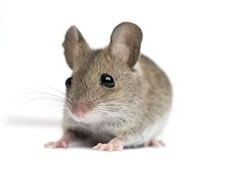
Mice and Rats
- To look out for holes, droppings, smear marks and unpleasant smells as these are signs a building maybe being used as a run
- Rats are subject to persistent pest control due to the damage they cause and the numerous diseases they spread
- Along with house mice, they are considered to be the most widespread terrestrial mammal
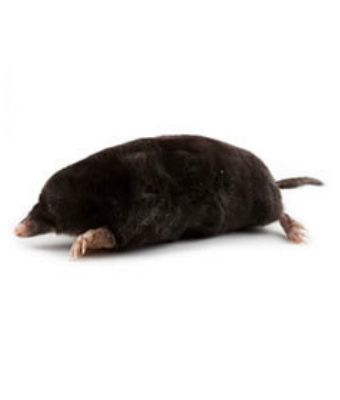
Moles
- Moles burrow in gardens and lawns. Not only do they leave molehills behind, but those dreadful tunnels that can be dangerous to walk on
- Their tunneling can reduce the size and yield of crops, as well as promote weed growth
- Moles do not hibernate. This means they can cause damage to your lawn year round if you don't actively participate in mole removal
- Moles have litters of up to seven pups and as they mature into adults, each mole will want to establish its own tunnel network and will dig at speeds of up to 4 metres per hour
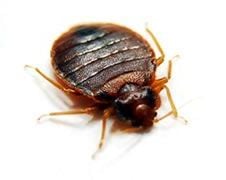
Bed bugs
- Bedbugs can be transported on clothing, in luggage, bedding and furniture but are very rarely found on hosts
- Bedbugs can ingest 7 times their body weight in blood. This enables them to go for prolonged periods without feeding
- The adults Bedbugs are highly resistant to starvation (up to one year) and low temperatures so thorough treatments of surrounding areas must be carried out
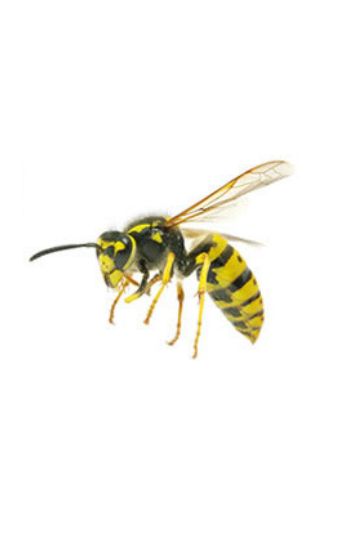
Wasps
- A wasp sting may introduce a condition known as anaphylactic shock (an extreme reaction to the toxins in the wasps' venom) which if not medically treated can result in death
- Wasp venom contains a pheromone which acts as an alarm causing other wasps to become more aggressive when a wasp has stung something or has been killed
- Do not try to block up the hole leading to a wasps’ nest from the outside. This can trap and anger the wasps and lead to them trying to find a way out through your premises or home
- It is dangerous to swat a wasp near its nest site or to attempt to remove the nest yourself, as wasps can sting repeatedly
- Later in the season as larval rearing is reduced the adults search for sweeter substances
- They also become more irritable as the cooler weather sets in
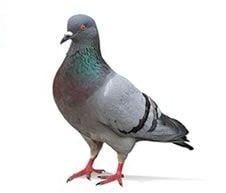
Pigeons
- Do not feed pigeons around your building. This could lead to them nesting nearby
- Pigeons' acidic droppings can erode most surfaces, causing structural degradation to your building
- The best known disease passed from birds to man is Psittacosis. Fouling can be a public health hazard and must be cleaned regularly

Ants
- Ants invade the home to forage for food or seek shelter or both
- Small heaps of earth or dirt indicating nest sites where they can Infest and contaminate foodstuffs as well as sterile areas affecting your business
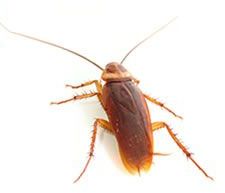
Cockroaches
- Cockroaches can spread various human-disease organisms by walking over food and preparation areas
- Omnivorous cockroaches can survive for longs periods of time on a limited food source
- Since they are nocturnal, you might not notice cockroaches during the day
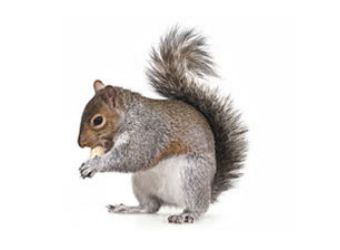
Squirrels
- Squirrels can nest in Lofts, wall cavities, and the void in-between false walls
- By gnawing they can damage tree bark, the fabric of buildings and electrical cables which can lead to fires
- Grey squirrels are widespread and not protected in the UK
Need help with an unusual pest problem?
It is estimated that there are over 1 million species of insects, 4,500 species of mammals, 8,600 of birds and even 50,000 species of spiders. New species are found every year.
If you are looking for a particular species that is not featured on our website, please feel free to give our customer service team a call.
We work in partnership with many companies and scientists in the pest-control industry and across the world. Even if we cannot help you we will put you in touch with someone who can.


